Review for Q - The (almost) Complete Series
There was something in the air in 1969 in the UK. In terms of television comedy, that was the year that not one, but two utterly surreal and almost anarchic Dadaist comedies emerged; one being ‘Monty Python’s Flying Circus’ and the second being the slightly less revered ‘Q’. The brainchild of one Mr. Spike Milligan, who had already gained a reputation for zaniness through his involvement with The Goons among other things. It was partially written by, and heavily featured, Milligan himself.
Despite a luke-warm reception, both critically (the show was rightfully though very hit-and-miss) and with the general populace, it managed to run a full sporadic six seasons – from 1969 to 1982 on BBC2. Confusingly, the first five series were titled Q5 (the first season) to Q9, with the last series called ‘There’s a lot of it about’. The first and third series ran for seven episodes whilst the others were all six a piece, as is pretty standard for BBC comedy runs.
Using a sketch show format, and running for a full thirty minutes, it was utterly surreal, seemingly airing a completely unfiltered stream of Milligan consciousness which gave the series a patchy feel – lurching between being hilariously funny on occasion, through to completely flat ideas which simply ran out of steam.
Various members of the Pythons freely admit that, although they were already writing and recording along the same lines as Q to some degree, seeing Milligan’s show perhaps pushed them further than they might otherwise have dared go – so all agree that it had impact in shaping their approach. Indeed, they were so impressed with the Q approach that even sought out its director, Ian Macnaughton, to direct their show too.
After Q1 aired in 1969, Milligan had to wait a further four years for a second series whilst Python made their way through four in that time, further establishing themselves as a brand of humour – which must have been frustrating for Milligan who was undoubtedly mining a similar vein.
This 'almost' complete set set collects together all the surviving shows from all five series - with just three surviving from series one; two now only available in black and white and a third in colour.
This early version can be tough to watch when it reflects the less savoury nuances of the time, like a sketch where Milligan asks a black man if he is a miner before noting that his blackness cannot be washed away as he is a ‘wog’. Or where he does his Pakistani routine or his ‘Chinaman’; all part of an anarchic, slap-stick sketch but unpalatable nonetheless.
Both its weakness and its strength is the relentless stream of wildly variant sketches. You literally never know what you’re going to get next. When they work, they can be extremely funny, but when they don’t, mercifully you never have long until the next comes along, so it’s an entertaining and easy watch. Whilst clearly a ‘budget’ job, Milligan makes great use of that, creating some pretty preposterous scenarios and costumes that would probably have worked well at a Footlights revue. His greatest moments are perhaps those where he looks straight at camera, adorned with a false nose, with a look of sheer melancholy. It’s what he does best.
Another critique that could be levelled at the series is the gratuitous inclusion of a very scantily dressed, large breasted woman (glamour model Julia Breck or Margaet Nolan) undoubtedly there in order to bolster ratings. They look fairly incongruous most the time, adding very little except the obvious; a stunt used by many comedians at the time, though surprising for Milligan who might be assumed to be ‘above such things’.
My own view, having watched the entire series (or what survives of them) is that Milligan enjoyed the thrill of his Dadaist humour and wasn’t in the least bothered about not offending people. I believe he could also be quite cantankerous at times, somewhat a depressive and a lifelong insomniac. Perhaps Q was the most unbridled display of his inner complexities. It was certainly pretty nuts most the time.
Of course, it isn’t only Milligan. He is ably supported here by John Bluthal (The Vicar of Dibley), John D. Collins (‘Allo ‘Allo), Peter Jones (The Rag Trade) and Margaret Nolan (Goldfinger), Richard Ingrams and John Wells.
It’s a shame that four episodes from the first season are ‘missing presumed wiped’, but fantastic that all the other episodes remain intact.
I love the fact that companies like Simply Media release archival television like this – we live in good times when it comes to entertainment media, even when everything else is looking pretty bleak in a post-Brexit, post-Trump reality. It’s a great time to look back as well as forwards.
Image quality is highly variable, as you might expect, but very watchable. There are no contextual extras, which is a shame but, with three series in one pack, a very minor gripe.
If you remember the series with fondness, well, here it is at last with the remaining series on their way. If, like me, you can only vaguely recall it, it’s an entertaining, interesting pedal-backwards that will be interesting and fun, if not earth shatteringly funny. That said, I look forward to seeing the remaining series.
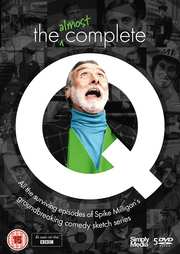
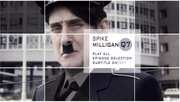
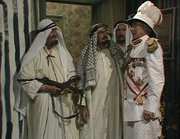
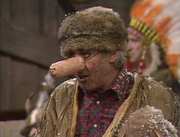
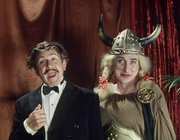
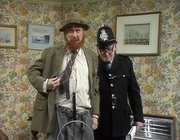
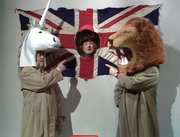
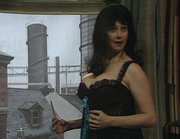
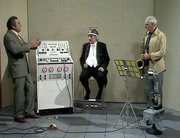
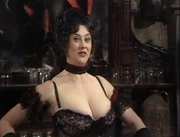
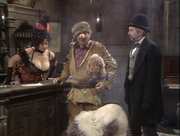
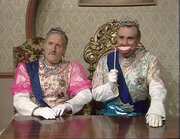
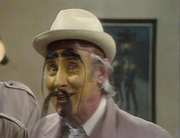












































Your Opinions and Comments
Be the first to post a comment!